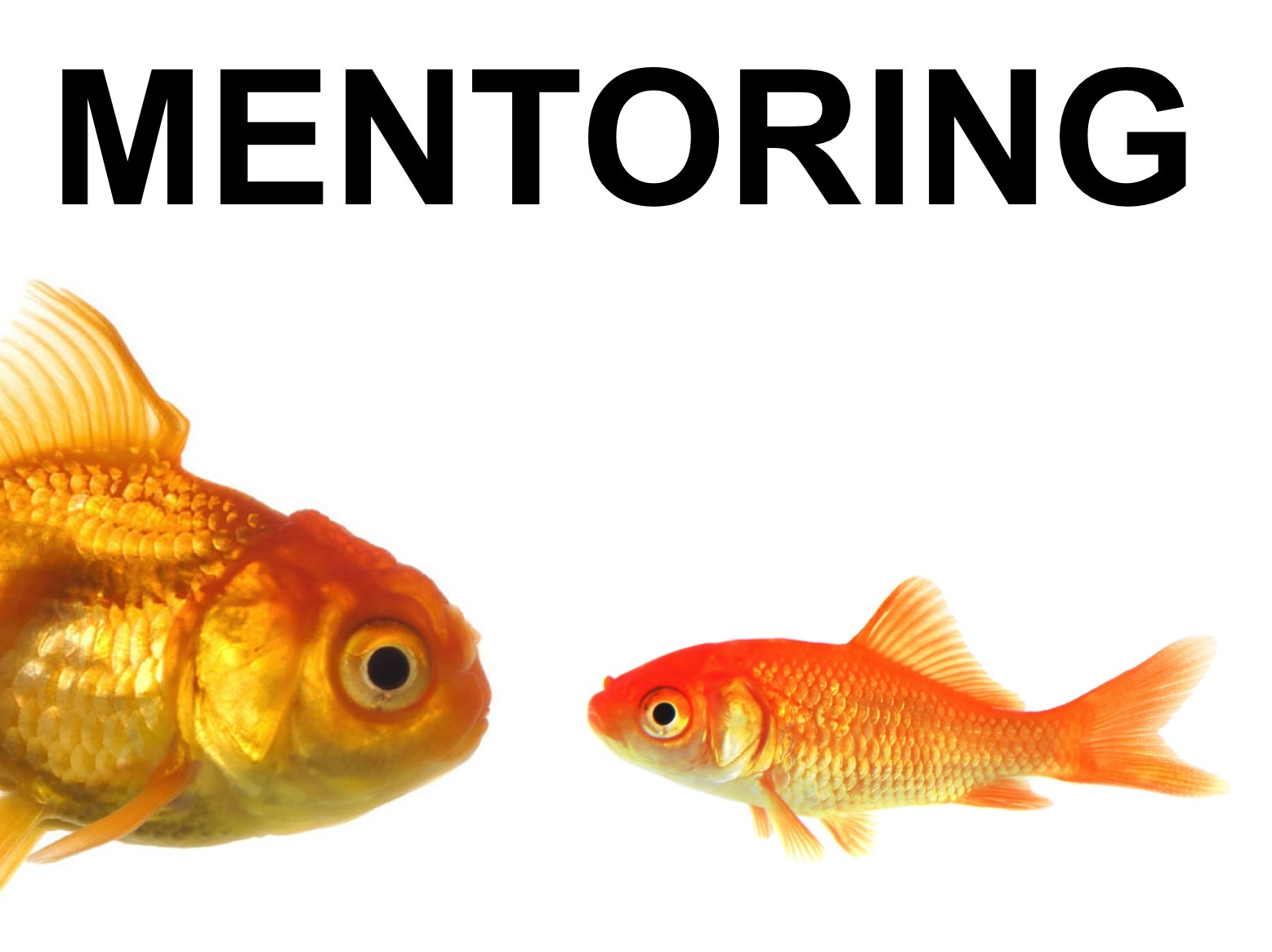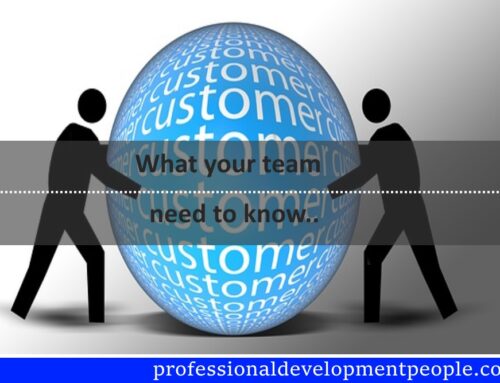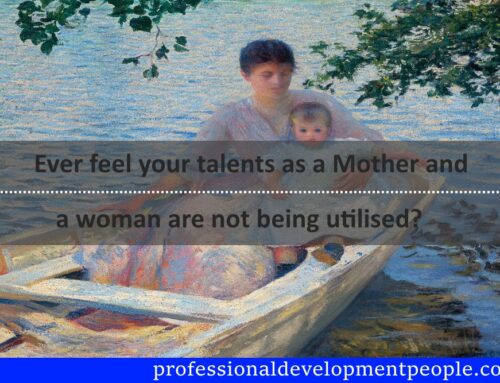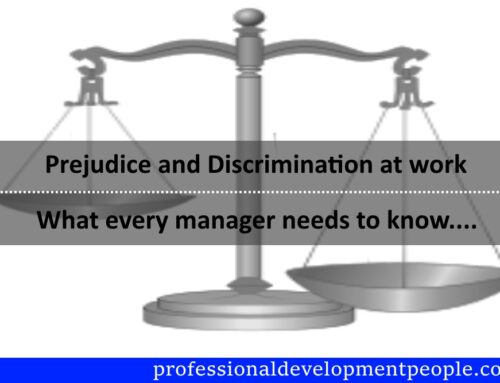Mentoring is becoming much more common within organisations that want to develop talent. It allows business to develop people outside of the line management chain, looking towards the future, innovation and succession planning. When done well it can hot house talent, retain highly effective people and be a motivational tool. It is a two sided process. Both Mentor and Mentee have a lot to gain from the process and relationship.
Mentoring – the process
To be effective the mentoring process ought be cut up into four parts
- Training and awareness
- Contracting
- Outcomes – Where are we now and where are we going?
- The Journey – How do we travel from the “now” to the outcome?
lets explore some aspects of the process
1 Training and Awareness
In our experience there are a huge range of reasons why people want to be involved on either side of a Mentoring relationship. The poorest reasons are WIFM (whats in it for me) and I can show off my skills, cleverness and contacts. For the relationship to be really productive the scene needs to be set. Benefits and responsibilities explored, the process demystified. The safest way to achieve that within business is to run separate training events for Mentors and Mentees, before the partnerships have been allocated.
In our experience the greatest nerves, concerns and questions come from the Mentors. They really want to do a great job and need the support of a structure. Mentees are often in awe of their potential mentors. Can look at the Mentor as some “generous benefactor” who will shower them with gifts and opportunities. A father Christmas figure. This needs to be clearly addressed before we begin, along with the process. Once the training is done we can release the mentors and mentees into the wild!
2 Contracting
Having been through our training process both parties will understand that they need to have very clear guidelines about what is acceptable, desirable and possible. (click here for our Blog on Behavioural contracting) This isn’t about where we are going, its about the rules of engagement. It is very much about a framework that we can collaborate within. This contracting has the additional benefit of starting the rapport building process, without which TRUST cannot exist. Mentoring is outside the line management chain a nd should remain confidential. However at this stage it MUST be made clear when the confidence should be broken. This falls into one of three reasons;
nd should remain confidential. However at this stage it MUST be made clear when the confidence should be broken. This falls into one of three reasons;
- The mentee is at risk
- The mentor is at risk
- Someone else or even the organiastion is at risk
3 Outcomes – Where are we NOW and where are we going?
This is where the Mentors skills will really be put to the test. In an open, honest and frank way the Mentor must create an atmosphere of realism in the outcomes. Help the mentee to generate a specific, measurable outcome of the relationship. Through this process it is imperative that the knowledge, attitudes, skills and behaviours of the mentee are taken into account. Using tools like a SWOB analysis the mentee needs explore their Strengths, Weakness, Opportunities and Barriers NOW.
Realism, relevance and attainability of the outcome should be discussed. This is NOT about killing aspirations, far from it, but giving the outcome a chance of life.
4 The Journey – How do we travel to the outcome
If the previous three phas es have been followed successfully then this is about development, opportunities and networking. This is where the vast experience of the Mentor enables them to guide the Mentee in a particular direction, with the final outcome in clear focus. Mentees will be given tasks to undertake, be involved in discussions, be encouraged to be creative.
es have been followed successfully then this is about development, opportunities and networking. This is where the vast experience of the Mentor enables them to guide the Mentee in a particular direction, with the final outcome in clear focus. Mentees will be given tasks to undertake, be involved in discussions, be encouraged to be creative.
REMEMBER Coaching is about helping a colleague with specific work objectives and performance. The job of the line manager. Mentoring is more open, looking at things that might allow the Mentee to grow into new challenges.
Like to know more? How might this work in your business, give Paula or Richard a call.





